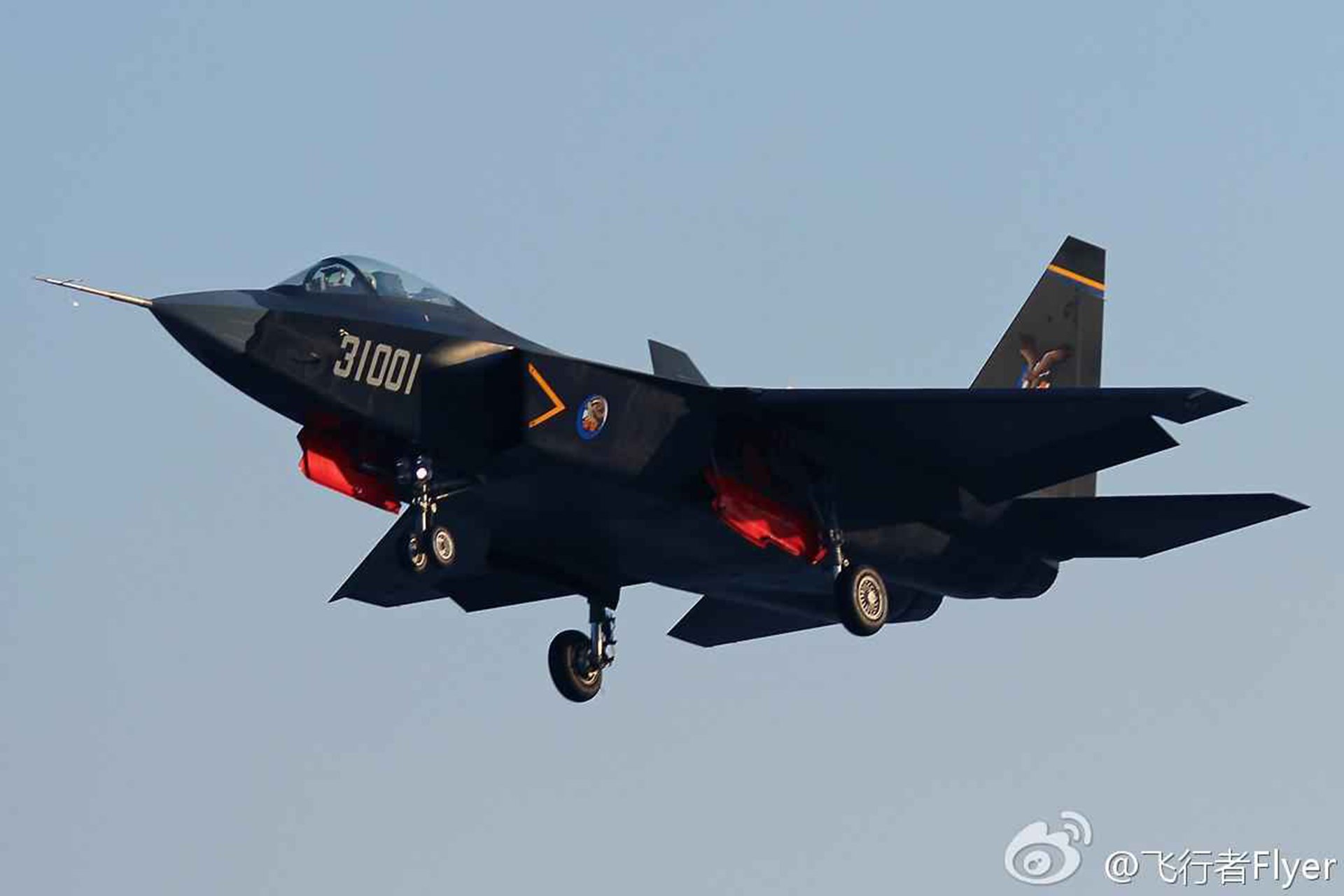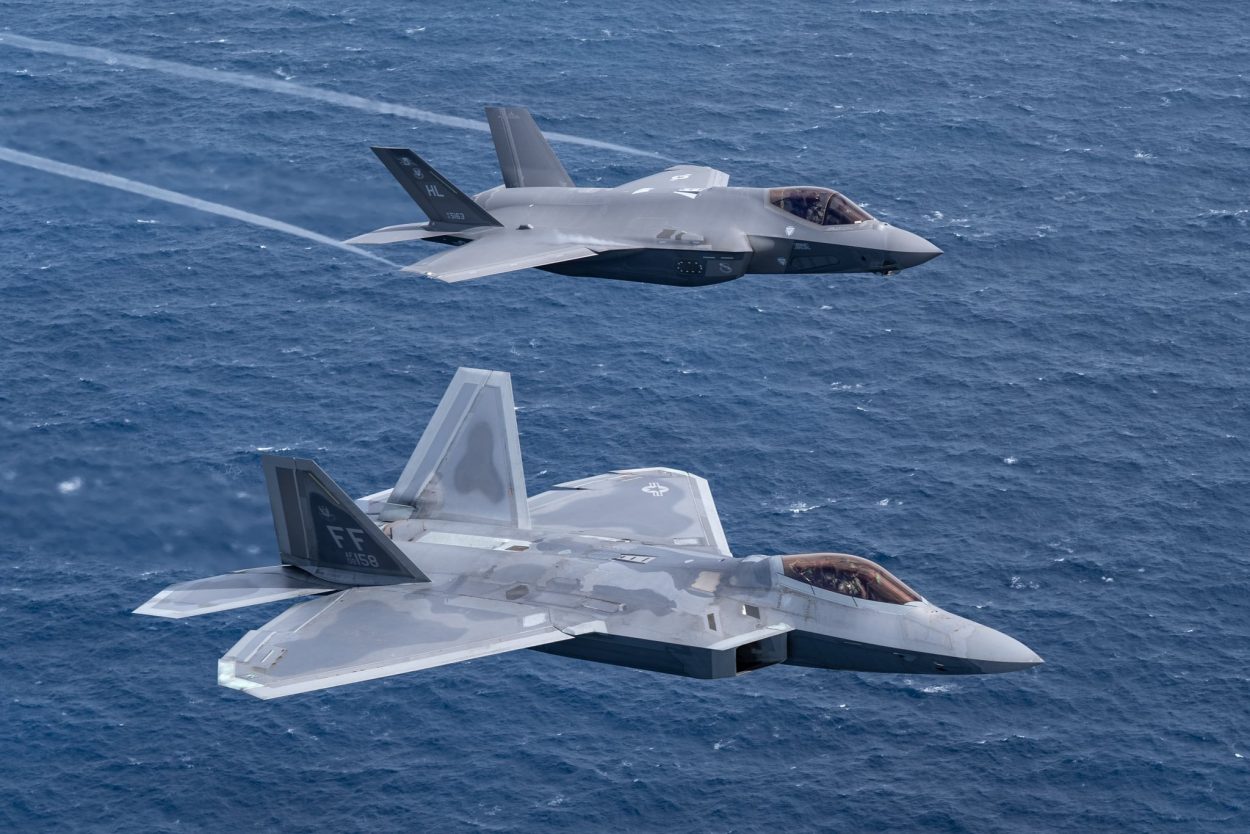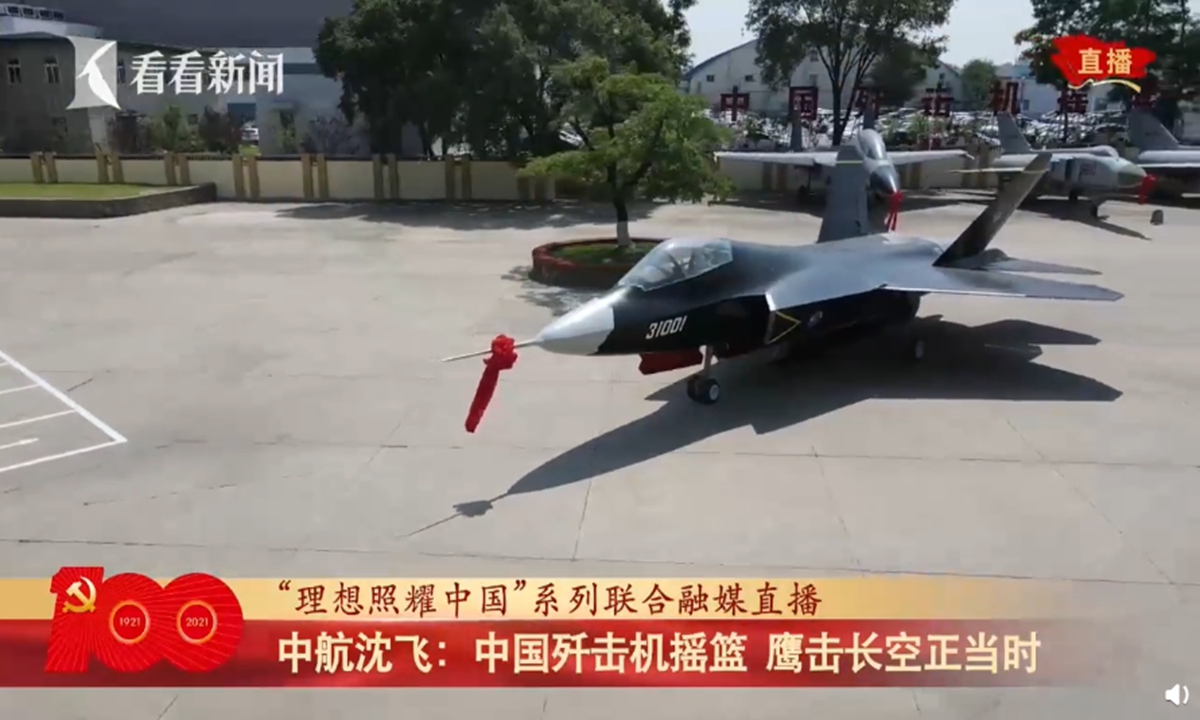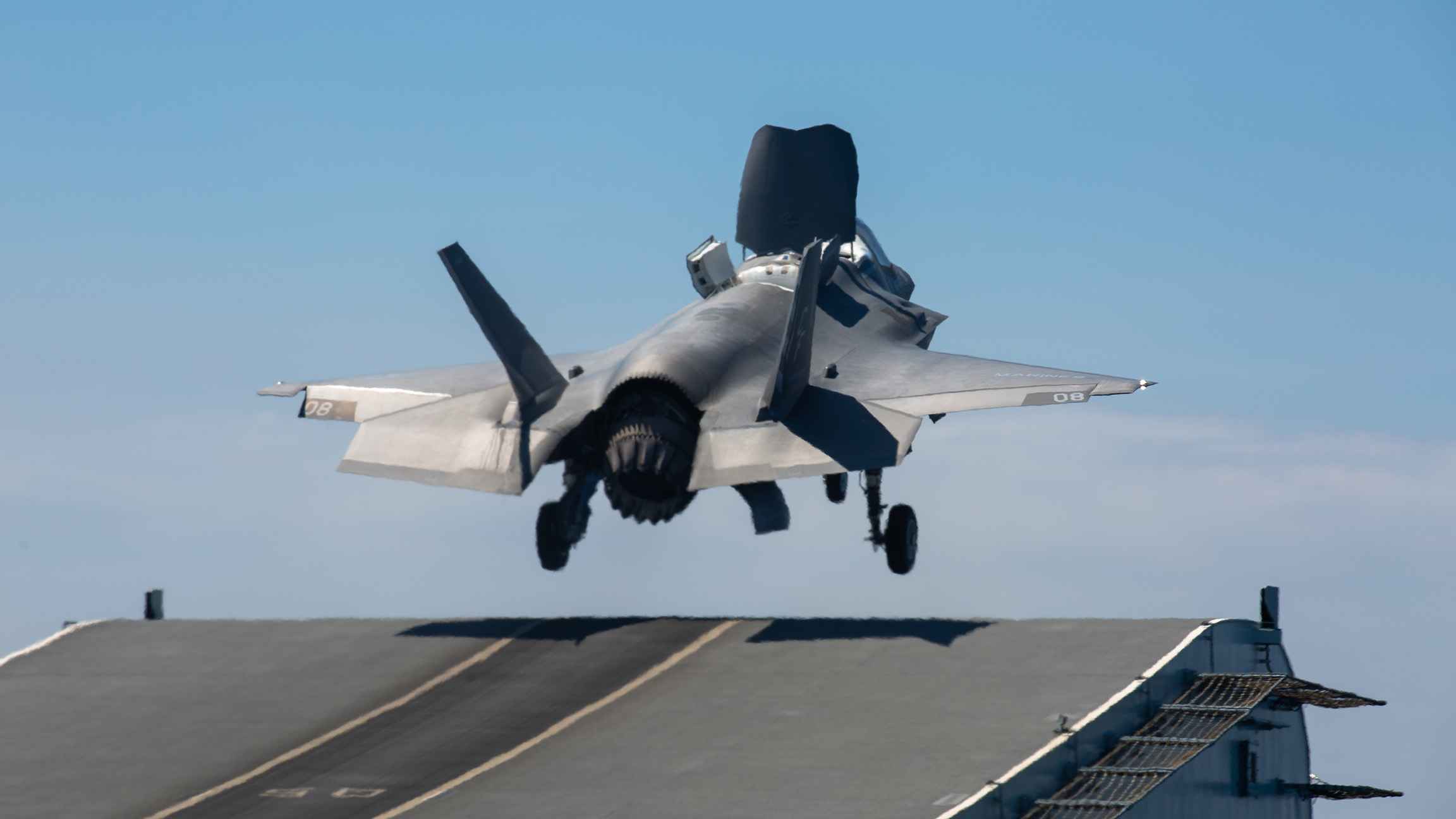The rapidly expanding Chinese PLA Navy (PLAN) has selected a new machine to its inventory, the Shenyang FC-31 aircraft, as its next carrier-borne fighter.
Costlier Than A Ferrari, Why This American Fighter Jet’s Helmet Costs A Bomb?
US’ ‘Top Secret’ Stealth Drone Spotted Near China; Is It The Start Of India-US-China Military Confrontation?
Leaked photos of a mock-up of the stealth jet on a dummy carrier deck in Wuhan have confirmed that the privately-developed technology demonstrator from Shenyang Aircraft Corporation (SAC) will be taking off the PLAN aircraft carrier.
Some reports said that the PLAN has only accepted an FC-31 ‘derived’ airframe for their next carrier-borne fighter. This claim has been bolstered by many academic papers from the SAC that say that the FC-31 was essentially a technology demonstrator for various materials, airframe and avionics technologies.
However, appearances since 2012 also showed the FC-31 to be a regular fighter, with a weapons bay, especially when seen how it was marketed in air shows, defense exhibitions, and state media as an export-oriented fifth-generation fighter.

Also called the Gyrfalcon, the FC-31 never attracted much interest from the PLAN or the PLA Air Force (PLAAF), but with tensions in the Western Pacific rising and China desperate to match the US in maritime superiority, the leak, and the Chinese state media reports suggest the plane could be joining the naval air arm.
The much smaller aircraft is now said to be undergoing modifications to its airframes, a stronger under-carriage, and bigger wings to provide more lift. Type 003 is said to not have the Short-Take Off But Arrested Recovery (STOBAR) – that uses a ski-jump at the end of the deck – but an Electro-Magnetic Launch System (EMALS) that can launch jets with full payloads.
A ‘Copy’ Of F-22 Raptor?
Closely resembling the US’ F-22 Raptor and surprisingly intended for the international export market, the jet first flew in 2012 but was revealed only in 2014 during the China International Aviation and Aerospace Exhibition.

The carrier mock-up also had dummy versions of two J-15 (Chinese versions of the Su-33) carrier-based fighters and a Z-18 transport helicopter. Mocks ups are used to test how different aircraft will perform from a carrier platform.
The FC-31’s design indicates that it might be used to compete with the Lockheed Martin F-35, but is also surprisingly larger and most importantly, is a two-engine aircraft. It is faster at Mach 1.8 than the US Navy’s main fighters, the F-35C, and the F/A-18E.
The FC-31 is 9979 kgs lighter than the J-15 – the world’s heaviest carrier-based fighter. PLAN’s capabilities are further limited with the existence of a ski-jump on both the Liaoning and the Shandong that have to launch an even heavier, large aircraft like the Su-33.

But the FC-31 itself is quite heavy, with its empty weight believed to be as high as 17,236 kgs, causing the maximum take-off weight (MTOW) to be 25,401 kgs. A high MTOW needs bigger engines and more fuel, thereby limiting the ordnance the jet can carry. The F-35C is lighter in comparison, with an empty weight of 15,785 kgs and an MTOW of 31,751 kgs.
China One Step Closer To ‘Hunt Down’ US’ F-35, F-22 Stealth Fighter Jets With New Radar Technology
Heavier Than F-35B &F-35C
The F-35B, the short takeoff and vertical landing (STOVL) version that also operates from US Navy ships, has an empty weight of 14,651 kg and an MTOW of 27,215 kgs. The F/A-18E has an empty weight of 14,514 kg and an MTOW of 29,937 kgs.
The weight itself is affected by the absence of an efficient jet engine, which Beijing has been struggling to produce, and currently using the Klimov RD-93 turbofans. Even the J-20 is still using the Saturn AL-31F engines, while the WS-15 super-cruise capable engines are still under development, with no reported breakthroughs so far.

Both China and India are still lagging in materials and metallurgical technology to be able to make capable and functioning jet engine turbine blades — an art western nations (France, the UK, the US) besides Russia have long mastered and kept heavily guarded.
EXCLUSIVE: Filipino Fighter Jet Expert Explains Why Manila Picked US F-16s Over Saab Gripen Jets To Counter China
Lighter engines that are super-cruise capable would reduce the jet’s weight further, carry heavier payloads and fly longer ranges. Some reports said the FC-31 would operate alongside the J-15 and might even be used from the Type 076 amphibious assault ships of the PLAN.
Thus technically, the FC-31 might fare better than J-15 in terms of weight and maintainability, it still lags behind the more reliable F-35s and F-18 Super Hornets.
- Parth Satam is a Mumbai-based journalist who has been covering India’s defense sector for more than a decade. He maintains a keen interest in defense, aerospace and foreign affairs and can be reached at satamp@gmail.com
- Follow EurAsian Times on Google News




